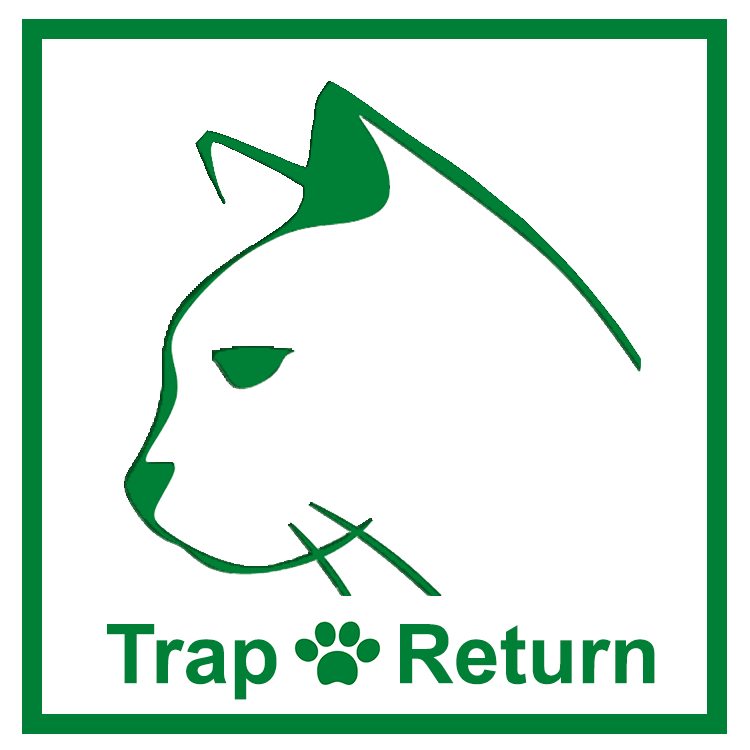21 Reasons Why You Should Adopt A Cat
21 Reasons Why You Should Adopt A Cat If you are considering getting a new pet, here are some great reasons to adopt a cat over buying one from a breeder, or worse yet, buying a dog instead. Not only do cats make great pets, but adopting from a shelter means saving lives and joining […]
21 Reasons Why You Should Adopt A Cat Read More »








